- No products in the cart.
Tobriss drops Ch. 0.3% 5 ml-vial cap. 1 PC
$3.83
Tobriss drops Ch. 0.3% 5 ml-vial cap. 1 PC
Description
Composition
Active substance:
1 ml contains: tobramitsin- 3 mg.
Excipients:
Benzalkonium chloride 0.1 mg hypromellose 2.5 mg Disodium edetate 1.0 mg Sodium chloride 9.0 mg Sodium hydroxide or hydrochloric acid up to pH 7,5, water for injections to 1 mL.
Description:
The clear solution from colorless to pale yellow.
Product form:
0.3% eye drops.
5 ml into a plastic dropper bottle-screw cap. Each vial-IV together with instructions for use placed in a cardboard box.
Contraindications
Hypersensitivity to the drug, the period of breast-feeding, child up to 2 months.
Indications
Treatment of infectious diseases of the anterior segment of the eyeball, caused by susceptible microorganisms tobramycin, in adults and children older than 2 months.
Interaction with other drugs
Studies drug interactions with other drugs was conducted. In a joint application and tobramycin ophthalmic forms of corticosteroids for topical application in ophthalmology may be masked clinical symptoms of bacterial, fungal and viral diseases organ of vision, as well as suppressed hypersensitivity reaction.
Overdose
No toxic effects are expected when topically applied ophthalmic preparation or in case of accidental ingestion of the vial contents. Clinical manifestations of overdose when used as tobramycin instillations (including punctate keratitis, erythema age, lacrimation, conjunctival edema, pruritus, age) can be similar undesirable phenomena that occurred in some patients during drug treatment.
pharmachologic effect
Pharmacological group:
Aminoglycoside antibiotic.
Pharmacodynamics:
Broad-spectrum antibiotic of the aminoglycoside. At low concentrations bacteriostatic (blocks 30S subunit of ribosomes and the synthesis gives protein) and higher – bactericidal (protein synthesis and gives the permeability of the cytoplasmic membrane of the microbial cells causing its death).
Sensitive to tobramycin microorganisms: Aerobic Gram-positive microorganisms: Corynebacterium, Staphylococcus aureus (methicillin sensitive); coagulase-negative species of staphylococci (methicillin sensitive, including penicillin-resistant strains). Gram-negative bacteria: types of Acinetobacter; Escherichia coli; Haemophilus influenzae; species Klebsiella; types of Moraxella; Morganella morganii; Pseudomonas aeruginosa.
Tobramycin resistant organisms: Aerobic Gram-positive microorganisms: some species of Staphylococcus, methicillin-resistant with the frequency of cases of resistance up to 50% of all staphylococci in some European countries; Streptococcus pneumoniae and most strains of Streptococcus Group D.
Some gentamicin resistant strains remain very sensitive to tobramycin.
The emergence of resistance to tobramycin is the result of modification and inactivation of antibiotics enzymes present in the periplasmic space of the bacterium. There are three different mechanisms by which inactivate aminoglycosides: acetylation of amino groups, phosphorylation of hydroxyl groups and the hydroxyl groups adenylation.
It is also possible volatility sensitivity between aminoglycoside antibiotics relative to other classes of modified enzymes. The most common mechanism of acquired resistance to aminoglycoside – antibiotic is inactivated by modifying the plasmid and transposon-encoded enzymes.
Below the critical values of the minimum inhibitory concentration (MIC), which is separated sensitive microorganisms S (MIC
Pregnancy and breast-feeding
Fertility.
No clinical studies on the effect of tobramycin in the dosage form of eye drops on fertility in humans.
Pregnancy.
When administered orally at doses of tobramycin greatly exceeding those for use in the form of instillations, marked phenomena nephrotoxicity and ototoxicity. Tobramycin oral application cross the placenta into the amniotic fluid and fetal blood. The study antibiotikov- parenteral aminoglycosides including tobramycin, not mentioned risks to the fetus. Do not expect a high level of tobramycin in plasma after application in the form of instillation.
Information about the use of the drug in the treatment of pregnant women are not available or are limited. In animal studies, to obtain information on reproductive toxicity. Not recommended the use of the drug during pregnancy.
During breastfeeding.
Tobramycin excreted in breast milk in considerable amounts in oral and parenteral use. When used in the form of instillation low systemic exposure of the drug, which makes it unlikely that the excretion of tobramycin into breast milk. You must stop breast-feeding or interrupt / discontinue therapy drug, taking into account the benefit of therapy for the mother and the benefit of breastfeeding for the baby.
Conditions of supply of pharmacies
On prescription.
side effects
The most common adverse events when using the drug phenomenon were local toxicity and hypersensitivity, including itchy eyelids, eyelid edema, lacrimation, conjunctival injection.
Information about adverse events were obtained in clinical trials and post-marketing experience with the drug, and are classified according to frequency of occurrence of the following gradation: very often (> 1/10), often (by> 1/100 to
special instructions
Only for local application in ophthalmology. The preparation is not intended for use by injection or oral administration.
Hypersensitivity to aminoglycosides for topical ophthalmic use observed in some patients. With the development of hypersensitivity symptoms should stop using the product.
Marked cross-sensitivity to other aminoglycosides, so it is necessary to take into account that in case of hypersensitivity to tobramycin possible hypersensitivity to other aminoglycosides for local or systemic application.
There were serious adverse reactions, such as neurotoxicity, ototoxicity and nephrotoxicity upon oral administration of tobramycin. Requires caution when combined with other aminoglycosides. As in other long-term use of antibiotics, it is possible overgrowth tobramycin insensitive microorganisms, including fungi. In the case of superinfection use of the drug should be discontinued.
Not recommended to wear contact lenses during treatment of infectious diseases of the organ of vision.
The preparation includes benzalkonium chloride which may cause eye irritation and discolor soft contact lenses. To avoid contact of the product with soft contact lenses. Patients should be instructed to remove contact lenses before use and preparation wear it again no earlier than 15 minutes after instillation.
Storage conditions
At a temperature of not higher than 30 ° C, protected from light. Do not freeze.
Keep out of the reach of children.
Dosing and Administration
In the case of lung infection process flow 1 drop into the conjunctival sac 2 times a day (morning and evening) for 7 ± 1 days. In severe cases of infection in the first day, 1 drop four times daily in the period of wakefulness, subsequently – 1 drop into the affected eye twice a day during the waking period, the total treatment period of 7 ± 1 days.
To prevent contamination of the tip of the dropper-bottle, and the solution is necessary to avoid its contact with the eyelids, periorbital region or other surfaces. After application should be tightly closed vial.
In the case of joint use with other drugs for local application in ophthalmology observe interval of 5-10 minutes between instillations.
The use in the elderly.
It does not require dose adjustment when used in the elderly.
The use in the pediatric population.
Perhaps the use of eye drops tobramycin patients older than 2 months in the same dosage as in adults. Efficacy and safety of the drug in patients under 2 months has not been established.
Application of patients with renal and hepatic impairment.
When applied topically tobramycin notes its low systemic exposure. In the case of joint use with systemic aminoglycoside antibiotics must control their plasma level required to maintain systemic concentrations.
Information
Appearance may differ from that depicted in the picture. There are contraindications. You need to read the manual or consult with a specialist
Additional information
| Weight | 0.100 kg |
|---|---|
| Manufacturer | Sentis |

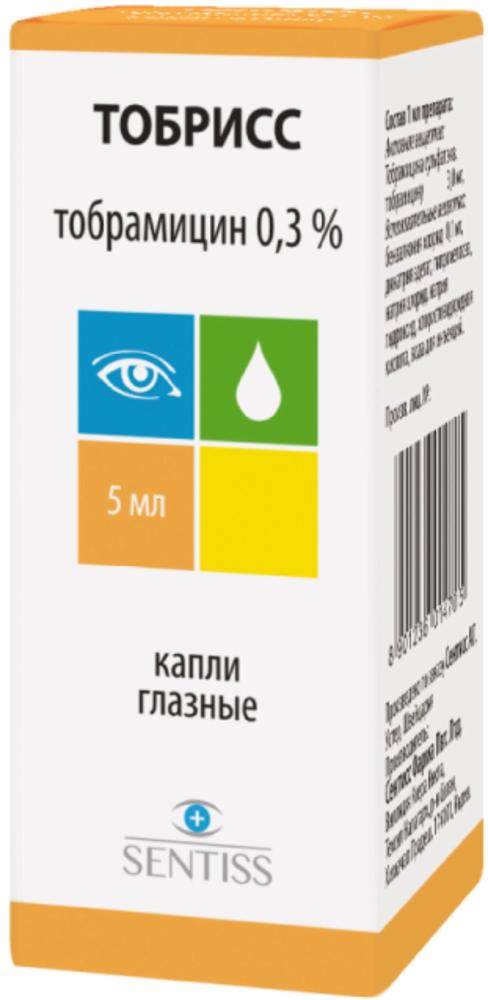
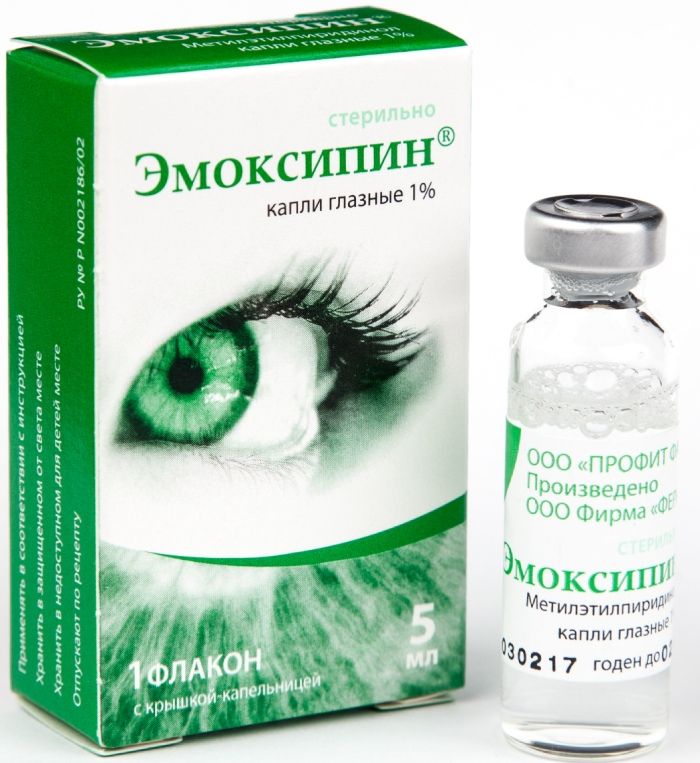

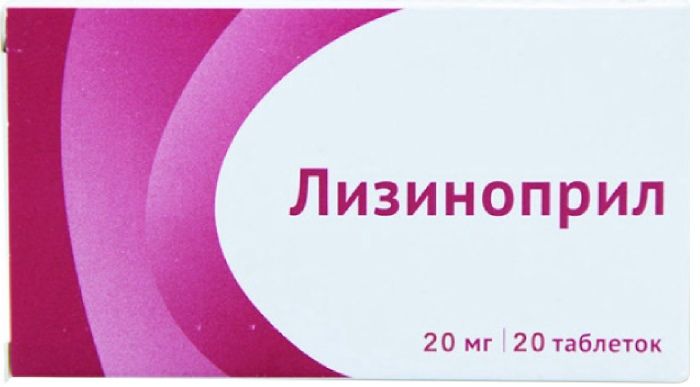
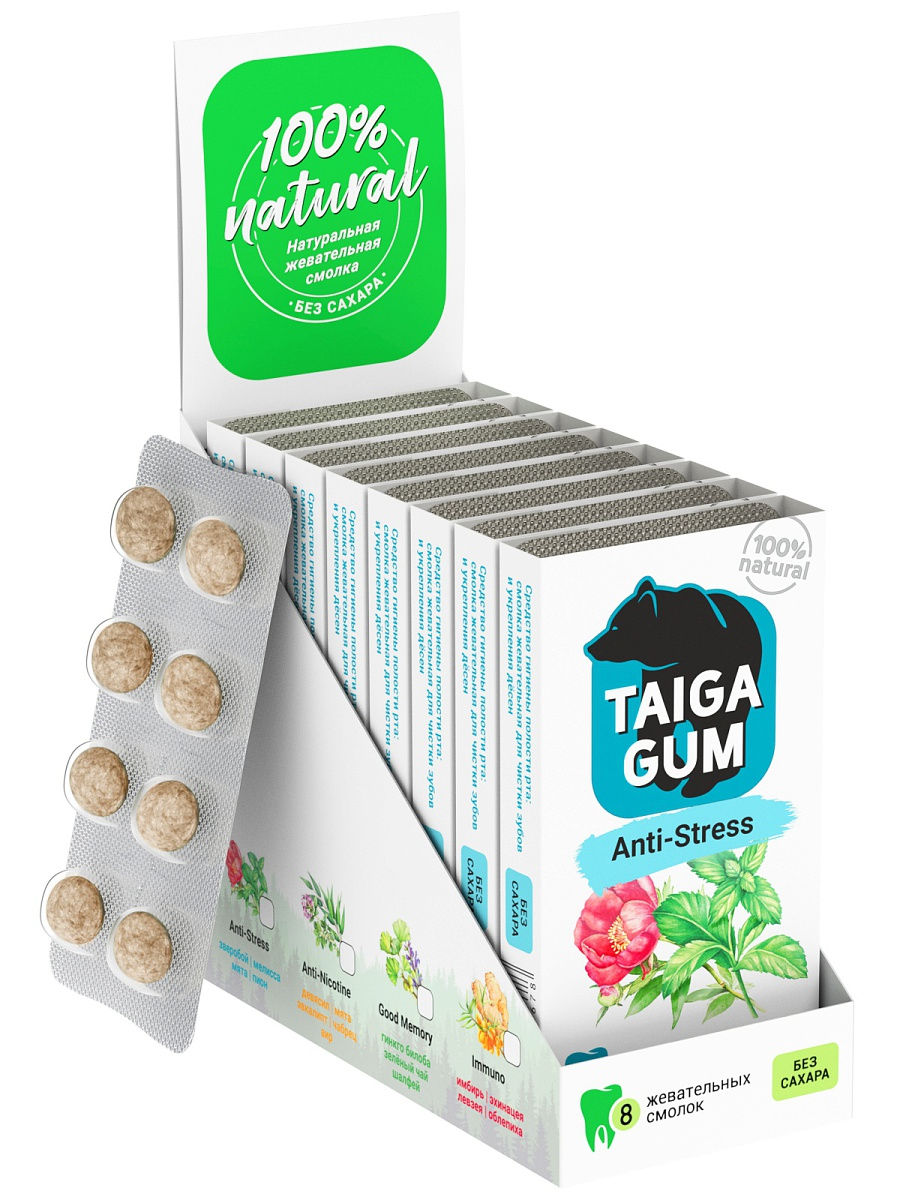
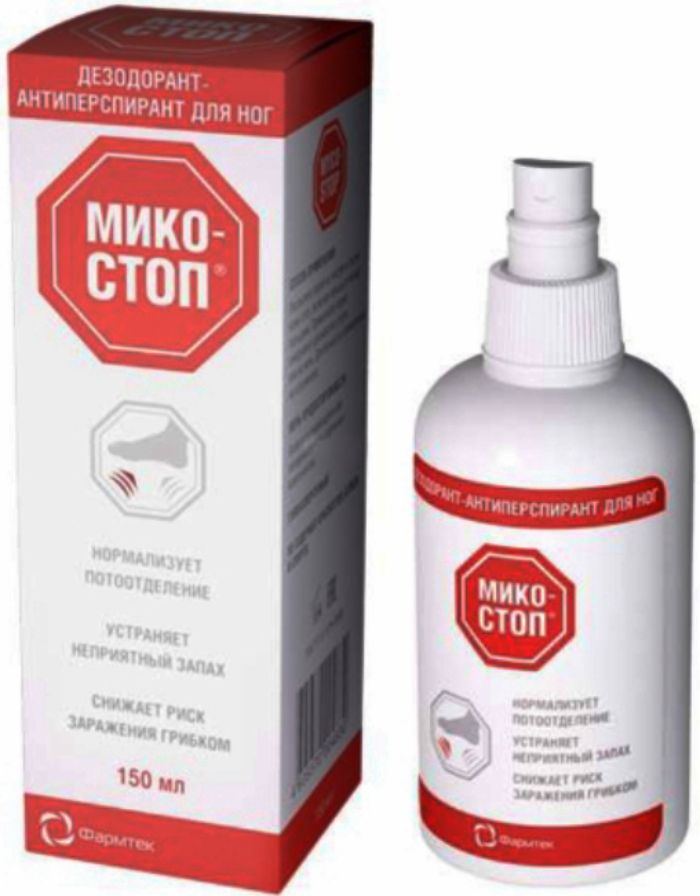
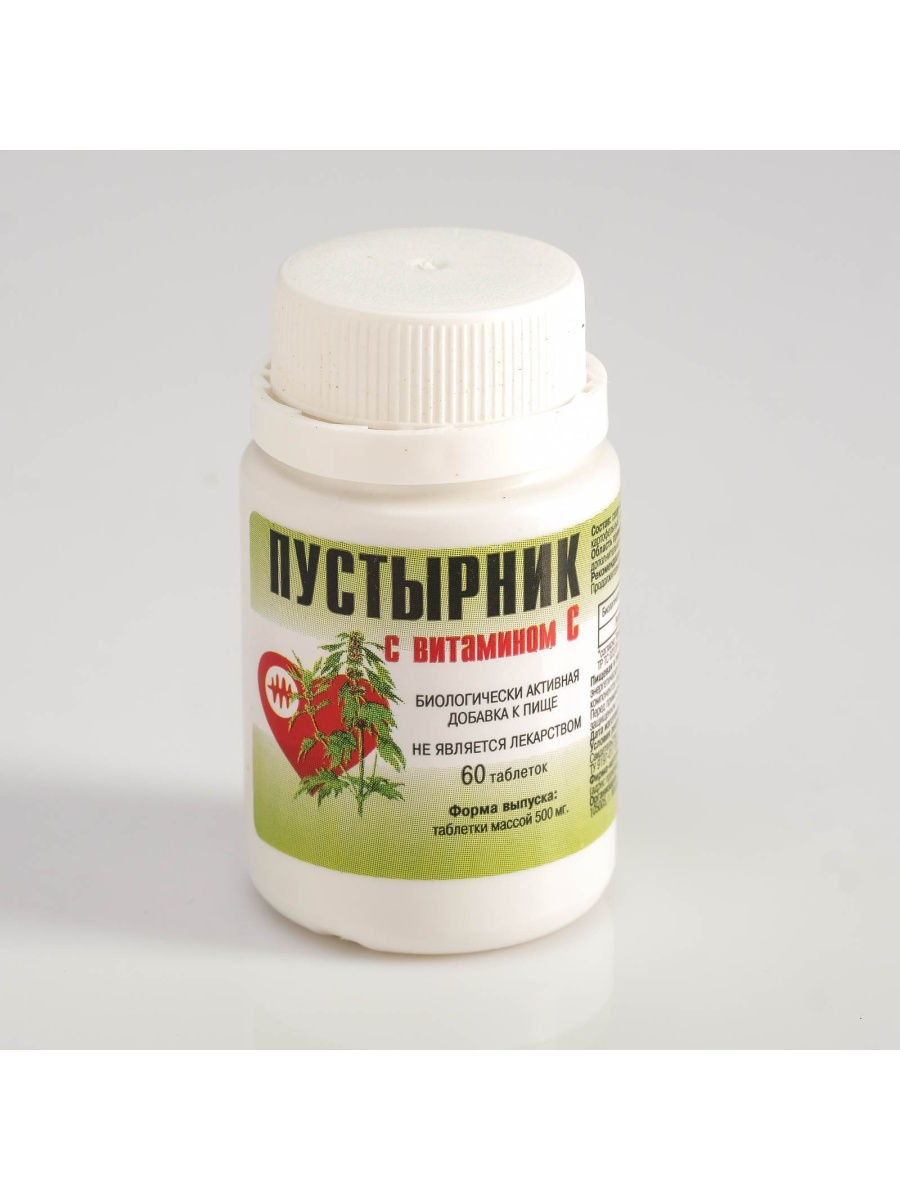
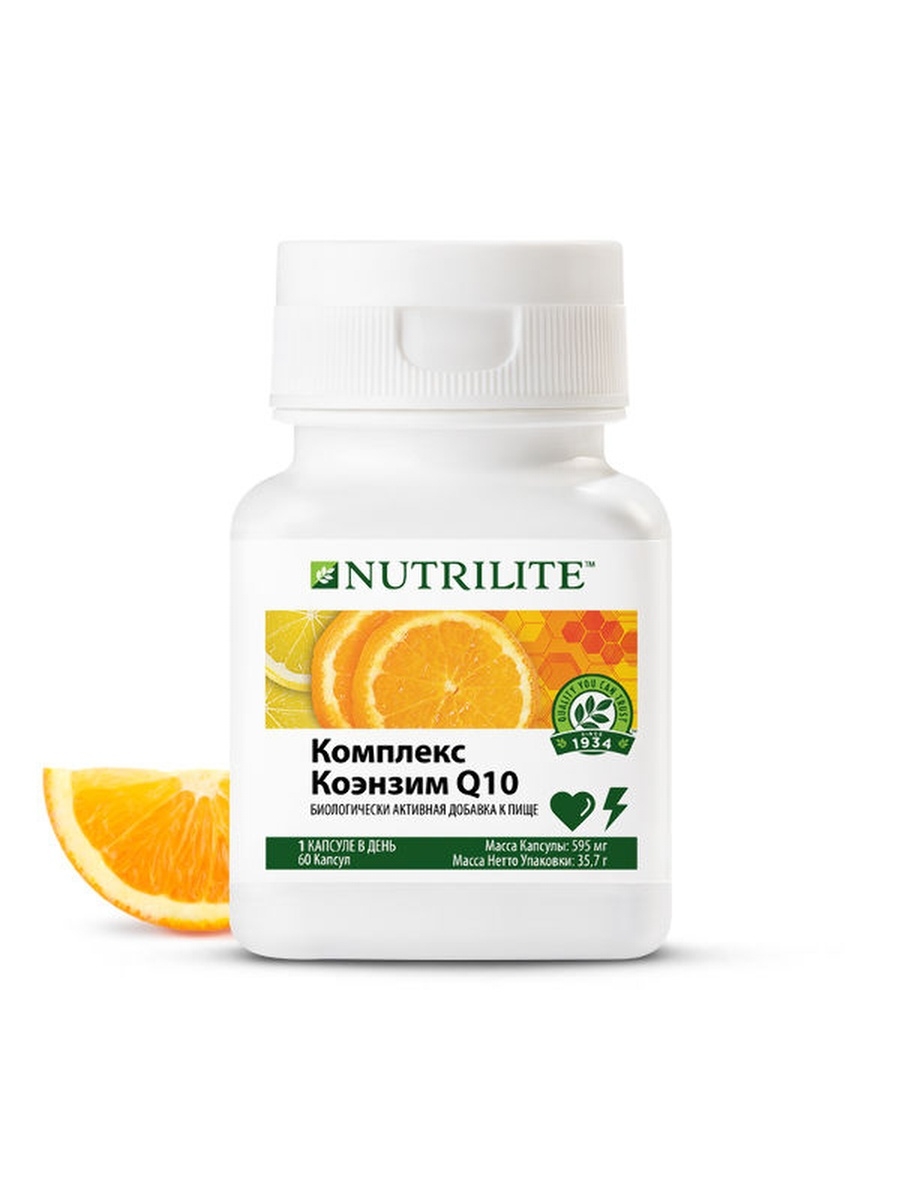
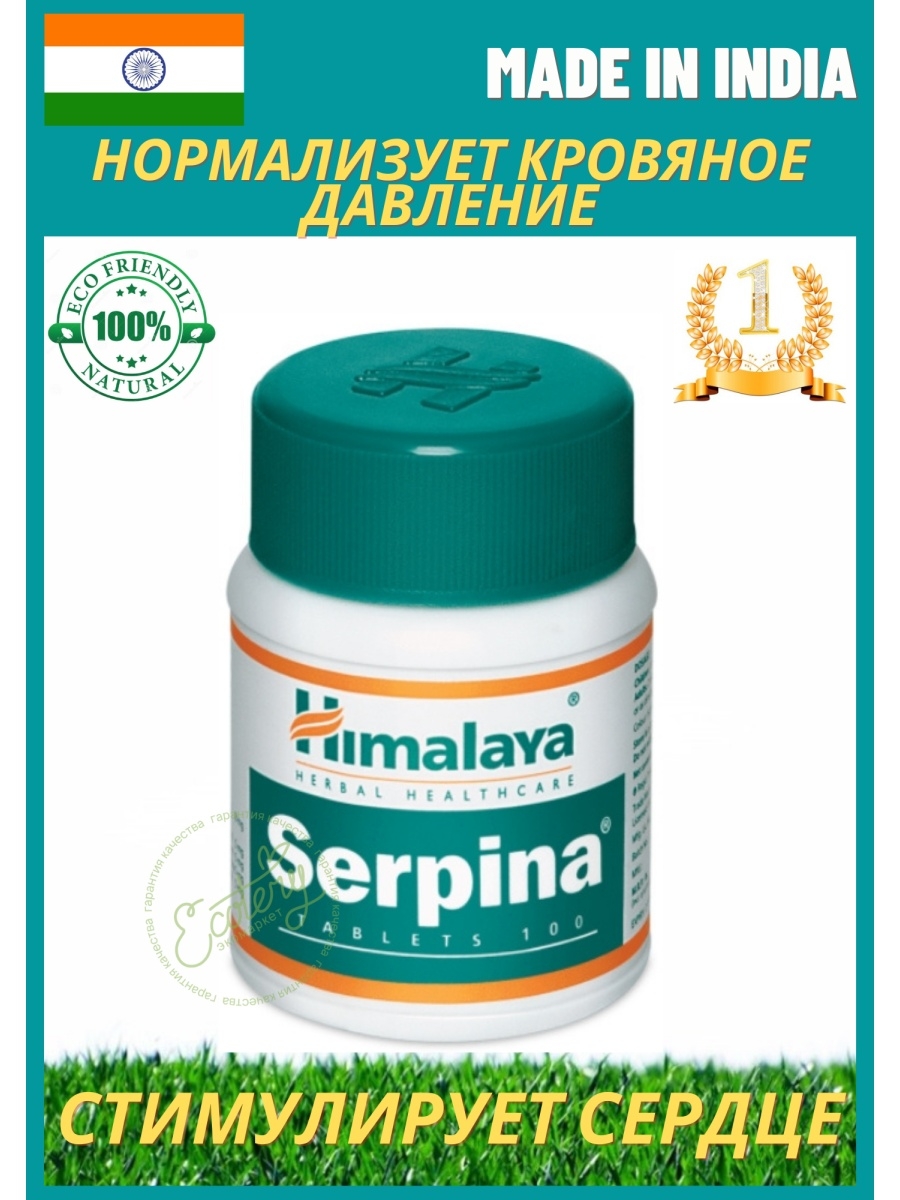




There are no reviews yet.